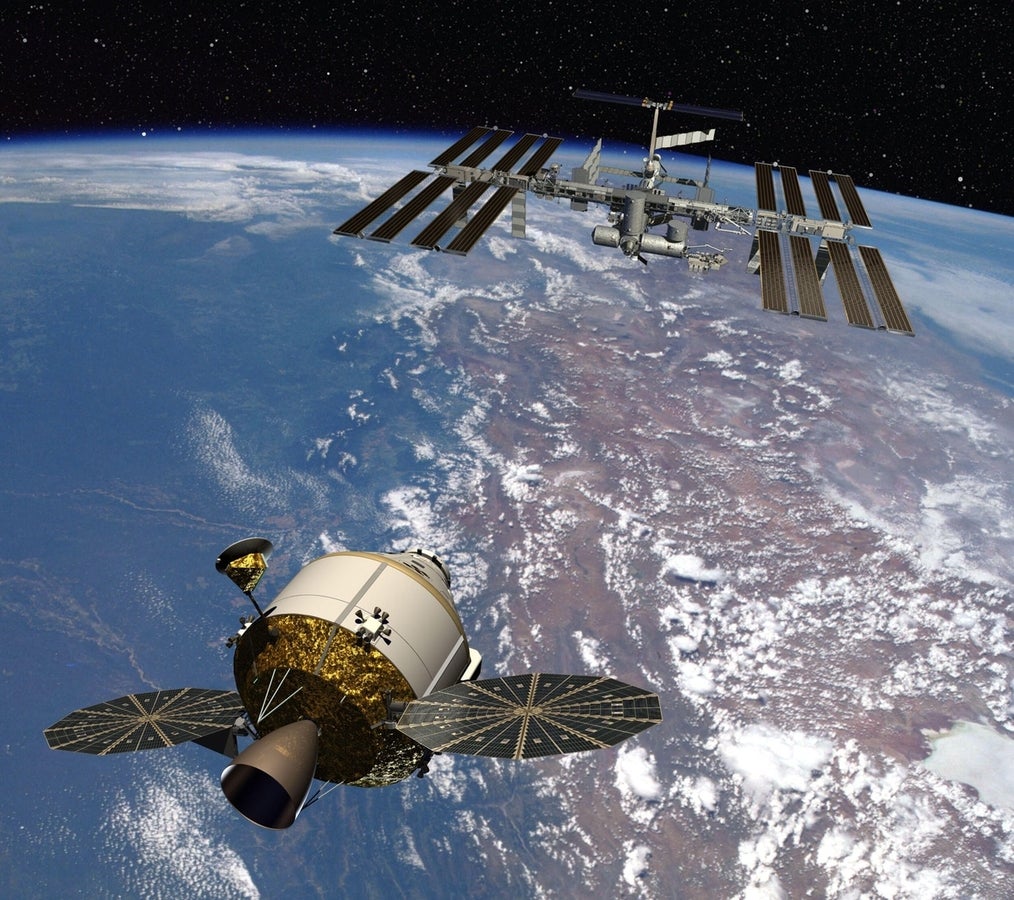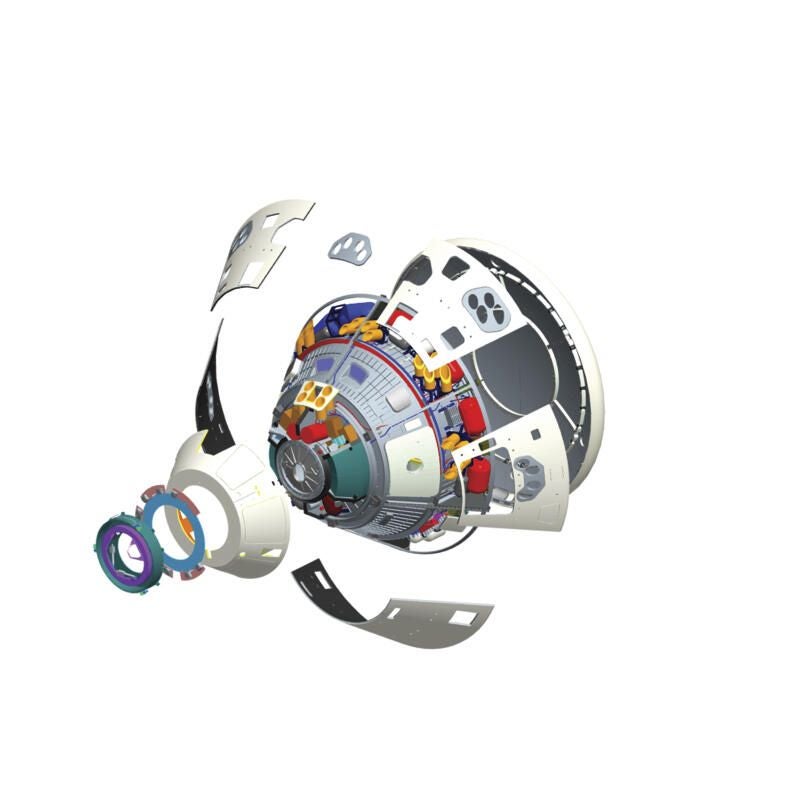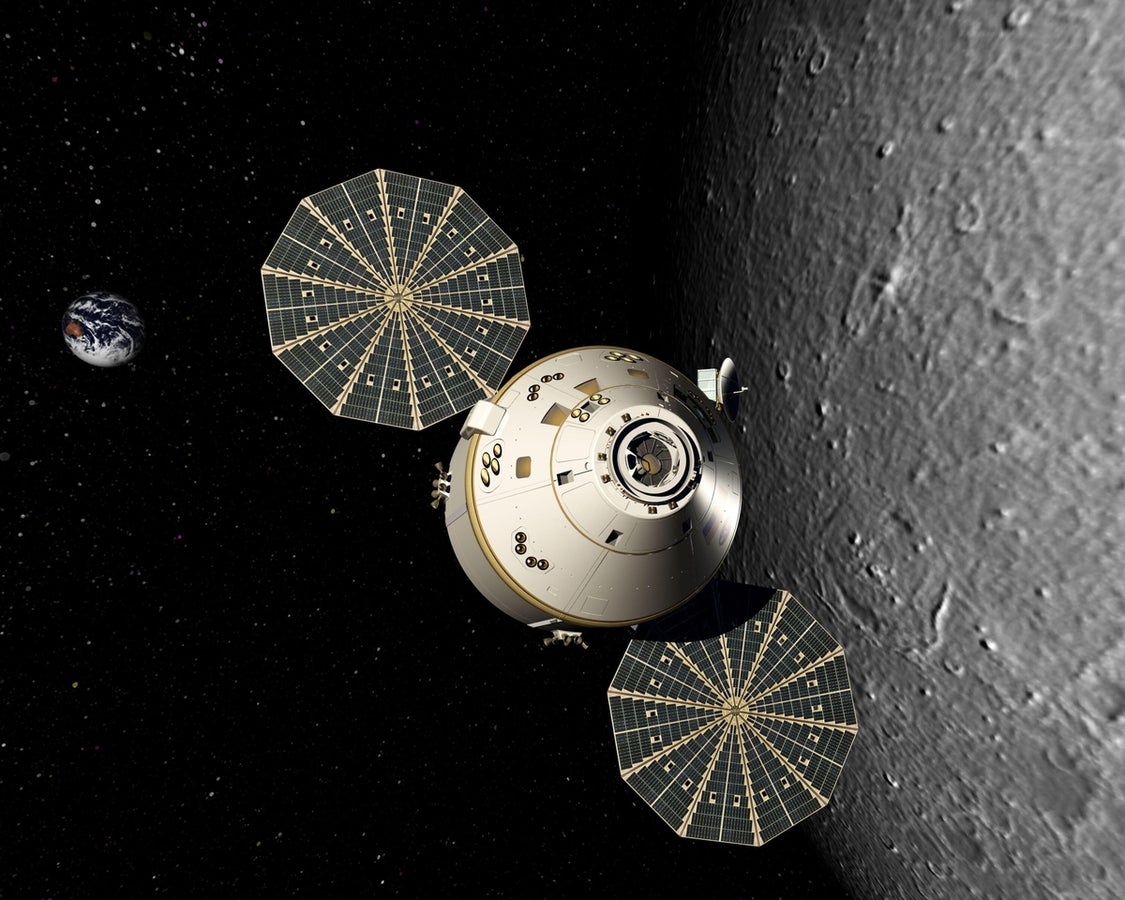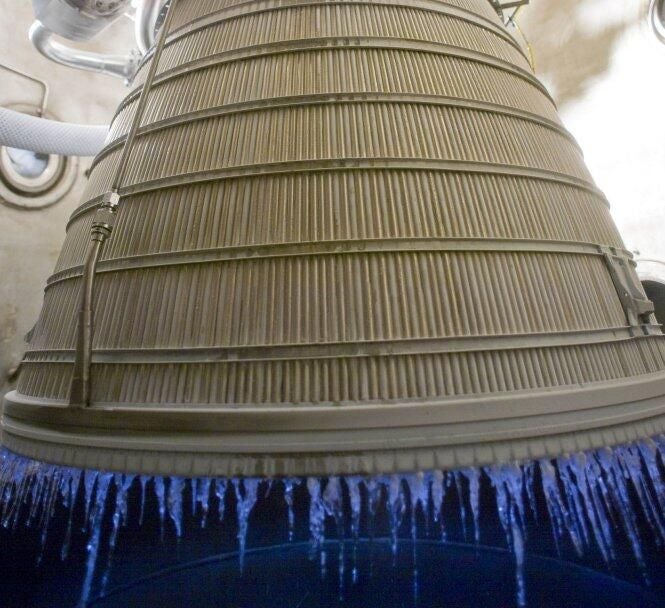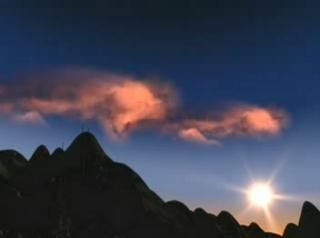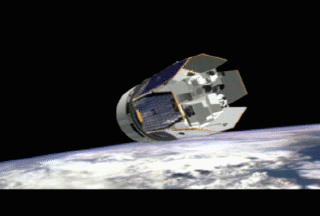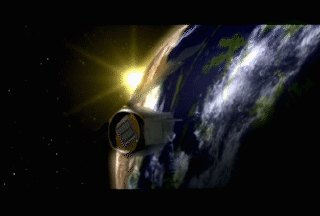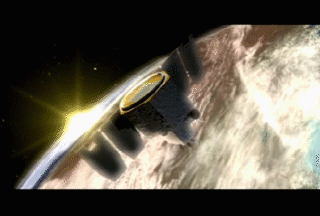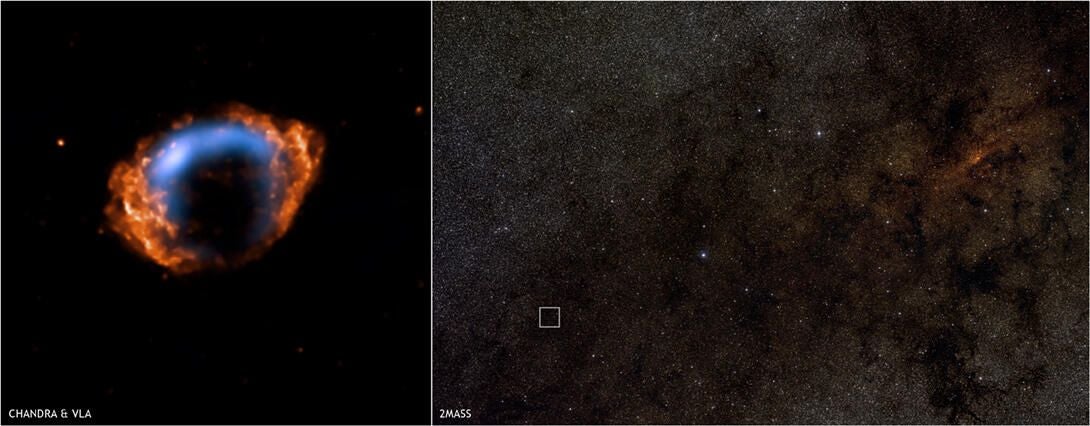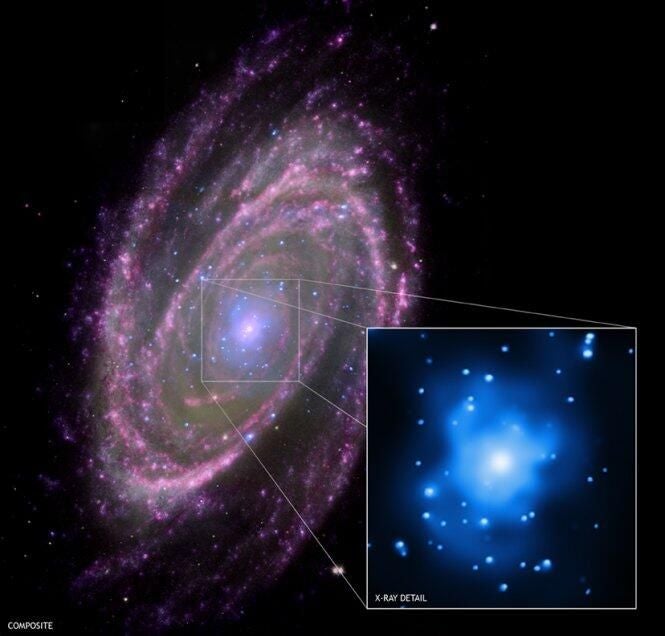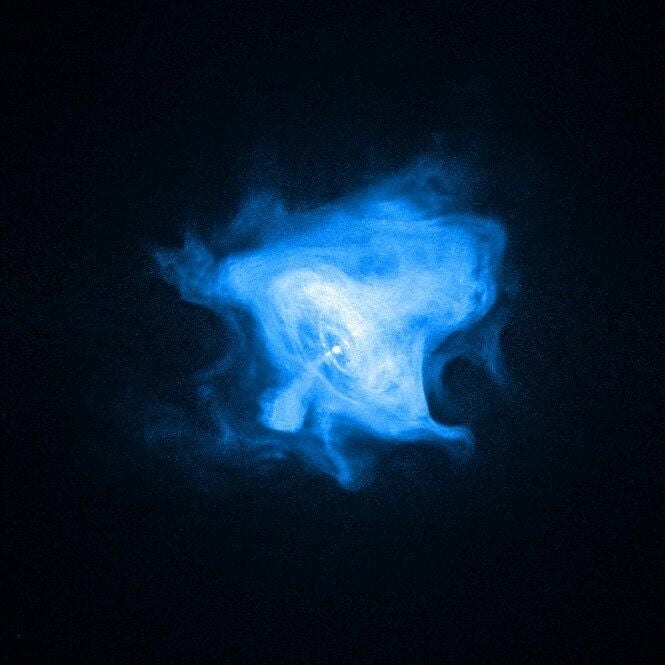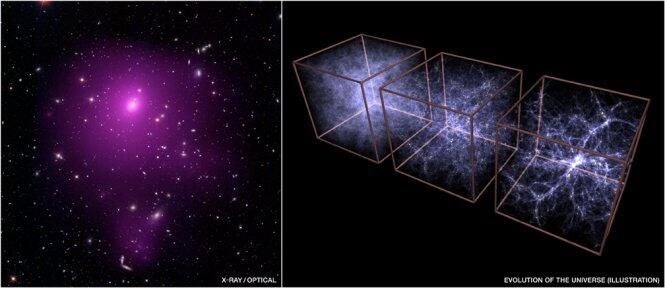NASA’s current missions
Image 1 of 13
Current missions
Many of NASA’s ongoing missions are very high profile: the Hubble telescope, the Mars Rover, and the shuttle program are just a few. But NASA directs upwards of seventy missions, studying everything from the ocean depths of Earth to the deepest reaches of space.nn
This gallery will look at a few of the lesser known missions in the works. The picure above is of the Ares 1-X launch rocket, due to test launch in the summer of 2009 as part of the Constellation Program.
nn
Credit: NASA
Orion Crew Exploration Vehicle (CEV)
The Constellation Program includes the Ares launch vehicles that will carry future astronauts and heavy cargo into space, as well as the Orion Crew Exploration Vehicle, in which astronauts will actually travel. Orion is expected to make its first flights in the next decade, and is intended eventually to send humans back to the moon, on to Mars, and other destinations in the solar system.nn
The artist’s rendering shows the Orion crew exploration vehicle approaching the International Space Station in Earth orbit.
n
Credit: Lockheed Martin Corp.
Orion CEV exploded view
Orion’s conical shape is similar to the Apollo spacecraft, but it will be larger — allowing a crew of four for missions to the moon or six for trips to the International Space Station. Orion has Apollo-style heat shields and a launch abort system capable of pulling the spacecraft and its crew to safety in the event of an emergency on the launch pad or at any time during ascent.n
Credit: Lockheed Martin Corp.
Orion orbiting the Moon
“Orion will be capable of carrying crew and cargo to the space station. It will be able to rendezvous with a lunar landing module and an Earth departure stage in low-Earth orbit to carry crews to the moon and, one day, to Mars-bound vehicles assembled in low-Earth orbit. nOrion will be the Earth entry vehicle for lunar and Mars returns. Orion’s design will borrow its shape from the capsules of the past, but takes advantage of 21st century technology in computers, electronics, life support, propulsion and heat protection systems.”n
See the Constellation multimedia page for very cool animated videos and more images.
n
Credit: Lockheed Martin Corp.
The Common Extensible Cryogenic Engine, or CECE
Expected to power the Constellation program’s spacecraft, CECE is a “deep-throttling engine, which means it has the flexibility to reduce thrust from 100 percent down to 10 percent — allowing a spacecraft to gently land on the lunar surface. The 13,800-pound thrust engine uses extremely cold liquid oxygen and liquid hydrogen as propellants.”n
Credit: Pratt & Whitney Rocketdyne
AIM - Aeronomy of Ice in the Mesosphere
Much closer to earth, AIM is a “two-year mission to study Polar Mesospheric Clouds (PMCs), the Earth’s highest clouds, which form an icy membranen50 miles (80.4 km) above the surface at the edge of space.”nn
Very little is known about these clouds, also called Noctilucent Clouds (NLCs) when viewed from the ground at twilight. AIM seeks to explain why these clouds form and what is causing changes in their behavior, such as appearing at lower latitudes, becoming brighter, and forming more frequently. View animation (no sound).
nn
Credit: NASA
AIM Launch
In April of 2007, the nsatellite launched from Vandenberg Air Force Base, Calif., on a Pegasus-XL launch vehicle to its orbit 373 miles (600 km) above Earth. The AIM satellite carries three state-of-the-art instruments: Cloud Imaging and Particle Size (CIPS), Solar Occultation For Ice Experiment (SOFIE) and the Cosmic Dust Experiment (CDE). Each will take precise measurements of NLCs and related parameters in the Earth’s upper atmosphere. Watch animation of launch (no sound).n
Credit: NASA
AIM Spacecraft
AIM is 55 inches tall and 43 inches wide and weighs 430 pounds. In orbit, solar arrays deploy to power the satellite. Watch spacecraft animation video.n
Credit: NASA
AIM Mission
CIPS has four cameras positioned at different angles, allowing scientists a 2-D look at the clouds as the satellite passes and looks back at them. Multiple views of the clouds from different angles allow a determination of the sizes of the ice particles that make up the cloud. The cameras provide panoramic PMC images of the polar cap daily. Watch the mission animation movie (no sound).n
Credit: NASA
Chandra X-Ray space telescope
The Chandra X-ray Observatory is part of NASA’s fleet of “Great Observatories” along with the Hubble Space Telescope, the Spitizer Space Telescope and the now deorbited Compton Gamma Ray Observatory. This powerful telescope gathers X-ray images and spectra of violent, high-temperature events, such as this image showing the expanding remains of a supernova explosion in the Milky Way.
Launched in 1999, Chandra’s baseline mission was five years, but it’s still going strong.
n
Credit: X-ray (NASA/CXC/NCSU/S.Reynolds et al.); Radio (NSF/NRAO/VLA/Cambridge/D.Green et al.); Infrared (2MASS/UMass/IPAC-Caltech/NASA/NSF/CfA/E.Bressert)
Chandra: Black holes have simple feeding habits
This composite NASA image of the spiral galaxy M81, located about 12 million light years away, includes X-ray data from the Chandra X-ray Observatory (blue), optical data from the Hubble Space Telescope (green), infrared data from the Spitzer Space Telescope (pink) and ultraviolet data from GALEX (purple). The inset shows a close-up of the Chandra image. At the center of M81 is a supermassive black hole that is about 70 million times more massive than the Sun. n
Credit: X-ray: NASA/CXC/Wisconsin/D.Pooley and CfA/A.Zezas; Optical: NASA/ESA/CfA/A.Zezas; UV: NASA/JPL-Caltech/CfA/J.Huchra et al.; IR: NASA/JPL-Caltech/CfA
Chandra: Fingers, Loops and Bays in the Crab Nebula
This image gives the first clear view of the faint boundary of the Crab Nebula’s X-ray-emitting pulsar wind nebula. The nebula is powered by a rapidly-rotating, highly-magnetized neutron star, or “pulsar” (white dot near the center). The combination of rapid rotating and strong magnetic field generates an intense electromagnetic field that creates jets of matter and anti-matter moving away from the north and south poles of the pulsar, and an intense wind flowing out in the equatorial direction. n
Credit: NASA/CXC/SAO/F.Seward
Chandra: Dark Energy Found Stifling Growth in Universe
The composite image on the left is of the galaxy cluster Abell 85, located about 740 million light years from Earth. The purple emission is multi-million degree gas detected in X-rays by NASA’s Chandra X-ray Observatory and the other colors show galaxies in an optical image from the Sloan Digital Sky Survey. This galaxy cluster is one of 86 observed by Chandra to trace how dark energy has stifled the growth of these massive structures over the last 7 billion years. Galaxy clusters are the largest collapsed objects in the Universe and are ideal for studying the properties of dark energy, the mysterious form of repulsive gravity that is driving the accelerated expansion of the Universe. nn
The illustration on the right shows snapshots from a simulation by Volker Springel, representing the growth of cosmic structure when the Universe was 0.9 billion, 3.2 billion and 13.7 billion years old (now). This shows how the Universe has evolved from a smooth state to one containing a vast amount of structure. Gas is shown in these snapshots, where the yellow regions are stars and the brightest structures are galaxies and galaxy clusters. The growth of these structures was initially driven only by the attractive force of gravity, but then later there was competition with the repulsive force of dark energy.
nn
Credit: X-ray (NASA/CXC/SAO/A.Vikhlinin et al.); Optical (SDSS); Illustration (MPE/V.Springel)
-
Account Information
Contact Selena Frye
- |
- See all of Selena's content

